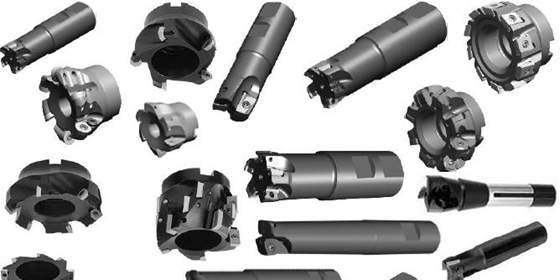English








his is a cutter used for shaping irregular contours, both 2D and 3D. These cutters also come in different configurations and shapes. It is ideal for creating helical gears and other complex and intricate surfaces. It is used for groove, chamfering, and full-radius milling. There are three major types of form milling cutters.
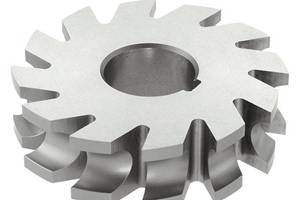
This is a form CNC turning and milling cutter designed to produce a half circle that curves inwards. Convex milling cutters facilitate the production of concave forms.
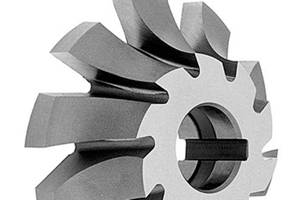
This cutter is used individually or in pairs. These corner rounding milling cutters, also known as radius cutters, facilitate radius milling.
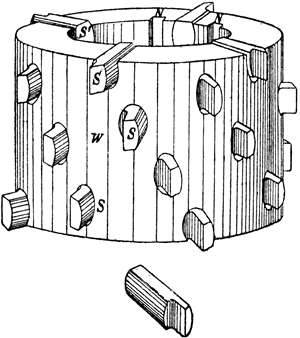
Inserted tooth cutter features teeth brazed to the correct location using screws or mechanically added to the cutter. The teeth material is usually carbide or tool steel. On the other hand, machined steel is ideal for making the cutter’s body.
There are different cutting processes ideal for different conditions. This difference in processes and conditions arises a need for using different milling cutter materials. Here are the most common materials used to make milling cutter tools.
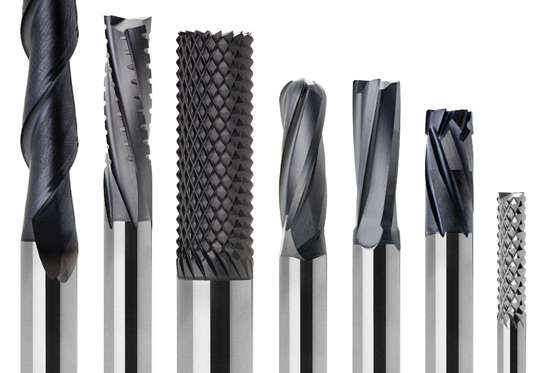
This is an inexpensive metal material with good machinability for making mill-cutting tools. This material contains 0.6 -1.5% carbon and usually less than 0.5% of Manganese and silicon. It could also include metals like Chromium and Vanadium, depending on the grain size and hardness the manufacturer wants to achieve.
Milling cutters made from carbon tool steel maintain a cutting edge for a long due to their high abrasion resistance. However, at temperatures above 250°C, this material’s hardness declines rapidly. This makes it ideal for making low-speed machining tools like twist drills, milling tools, and forming and turning tools. It also works great for machining soft metal materials such as magnesium, aluminum, brass, etc.
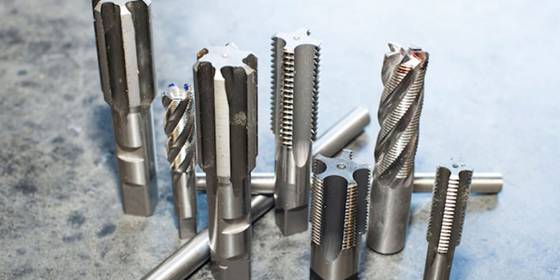
This is carbon steel but with a small amount of molybdenum, tungsten, chromium, and other alloying metals that makes it considerably different from conventional carbon steel. With the addition of these alloys, high-speed steel has a higher toughness, wear resistance, and hardenability, giving it a higher metal removal rate.
To boost the lifespan of this tool, manufacturers employ both re-sharpening and the use of coolants (since it loses its hardness at temperatures above 650°C). This mill tool material is ideal for making drills, broaches, and single-point lathe-cutting tools.
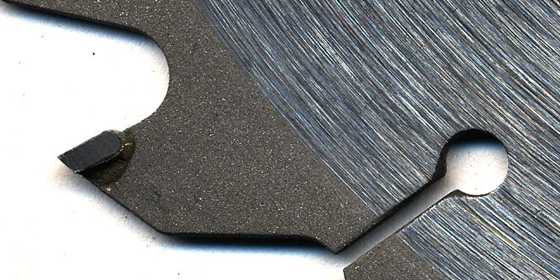
This mill tool produced by the powder metallurgy technique is extremely hard and can withstand cutting operations at very high speed. This material, composed of tungsten, titanium carbide, and tantalum, remains hard up to 1000°C. There are different binders manufacturers use for binding the constituents of this tool, which include cobalt, nickel, and molybdenum.
Where the binding material is nickel and molybdenum, this tool is called Cermet and is used for different finishing and semi-finishing milling operations on different materials, including alloy and stainless steel. On the other hand, tools low in cobalt are ideal for finishing operations, while high-cobalt tools are best for rough cuts.
This material is non-reactive and harder than its cermet counterparts. It also has better resistance to heat, wears, and tear resistance than Carbides. This heat resistance makes ceramic milling cutters ideal for milling super alloy workpieces. For hard materials, high heat is required for ceramics to function properly.

This is a non-ferrous alloy material made only by grinding or casting. It contains different quantities of chromium and cobalt. It could also contain tungsten or molybdenum. Cutting edges using this material retain their quality even at extremely high temperatures and speeds.
Manufacturers attach stellite teeth to a steel disk on large cutters; on smaller cutters, they use solid stellite. Cutters made using stellite are ideal for making automobile engine castings and other mass-produced parts.
There are a few things that you need to keep in mind in order to select the right milling cutter for your project. Here are some tips that can help you:
